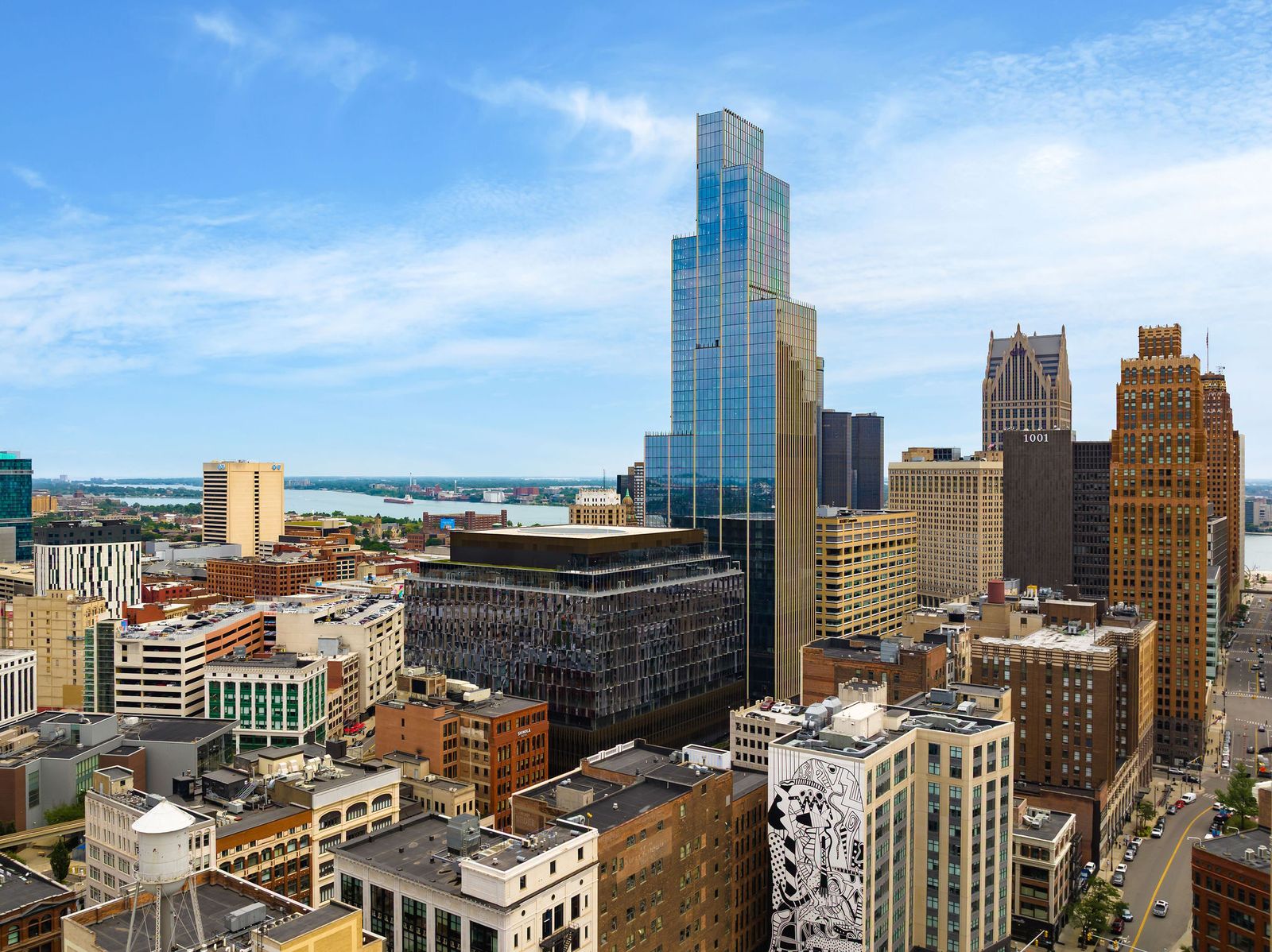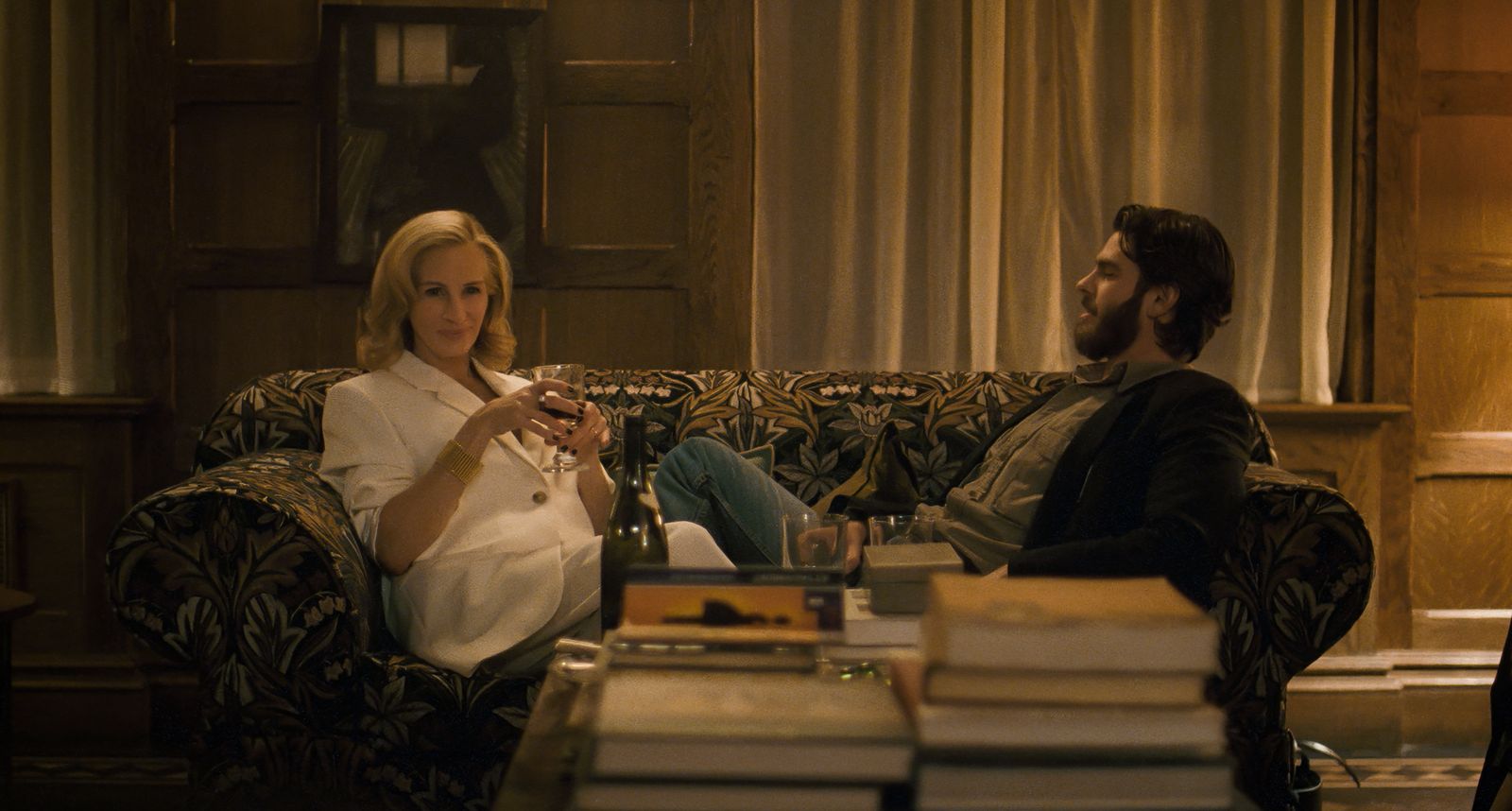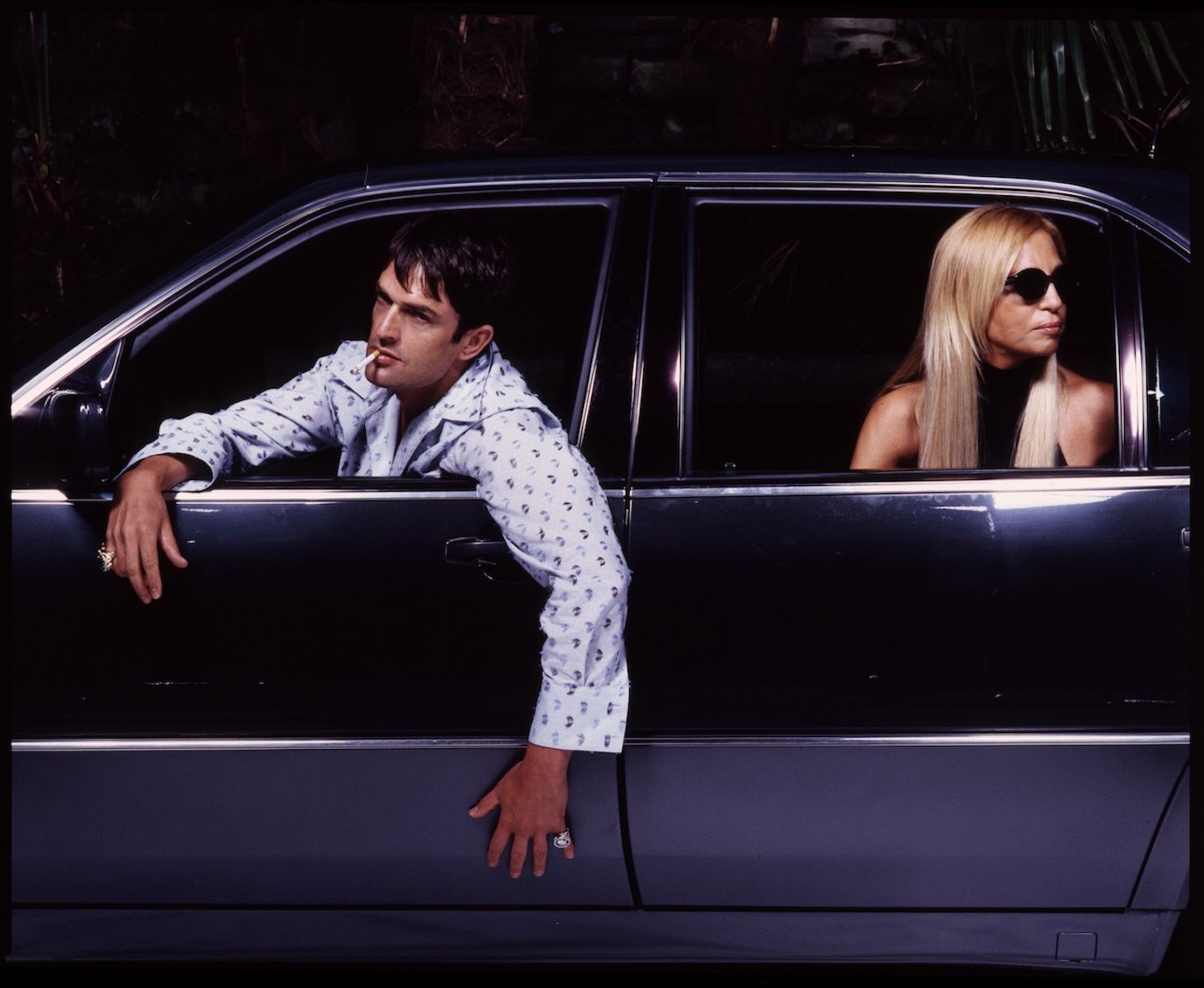| | Hannah Silver, arts & culture editorFor gallerists, collectors and art editors, it’s been one of the busiest weeks of the year in London, as Frieze hit the capital ( read more in our live blog). From the fair’s vantage point in Regent's Park, art trends are set, art deals are made, and artists unite for a few days of art-world gossip and big business. It has been a good vibe this year: hectic, but thrilling, with the emphasis firmly on both the established and the emerging. |
 |
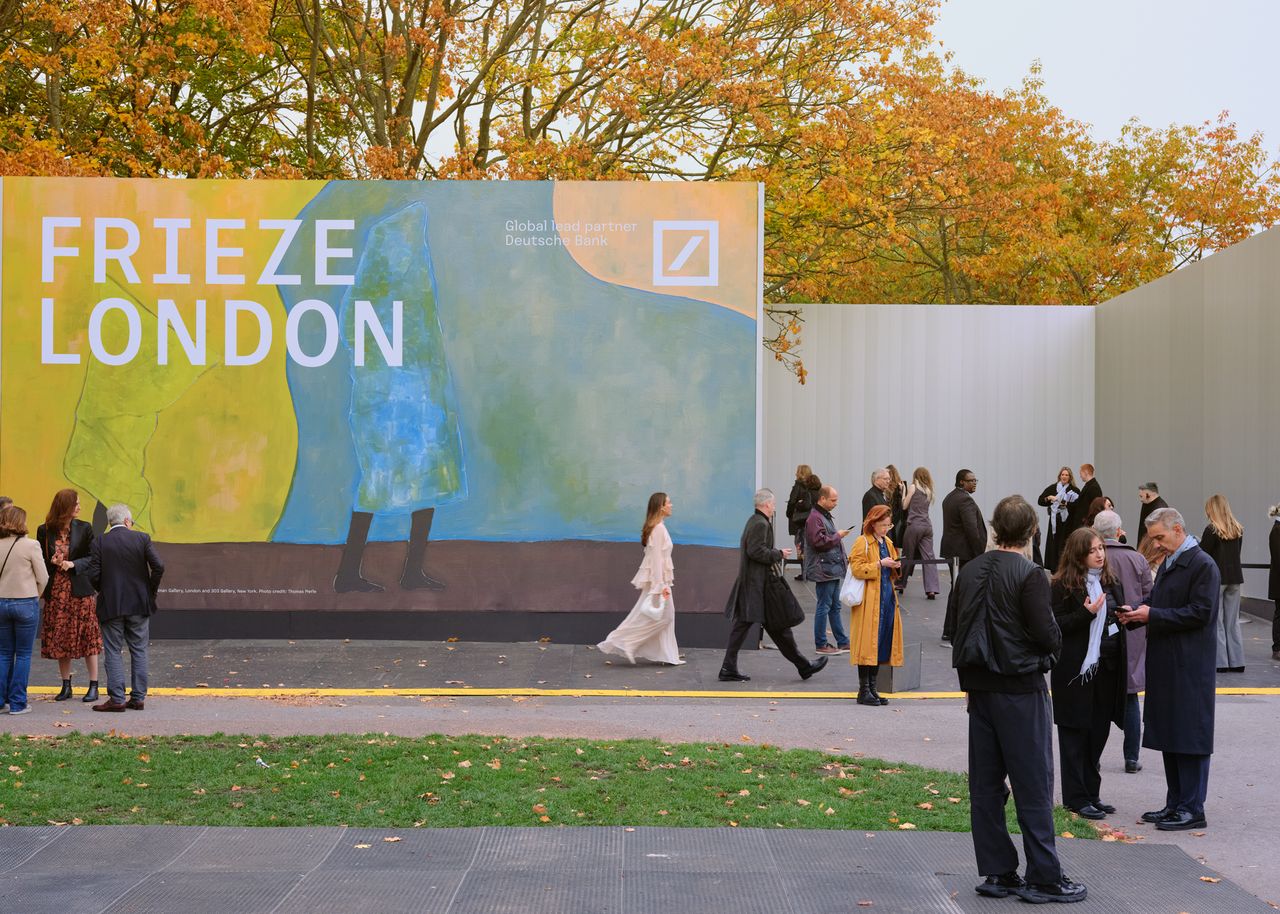 |
 |
Most exciting are the exhibitions and events that spring up around the capital during the fair. In one day alone this week, I whizzed from Joy Gregory at the Whitechapel Gallery to Marina Abramović at Saatchi Yates, Nicolas Party at Hauser & Wirth, Lee Miller at Tate Britain and on to Wayne Thiebaud’s gorgeously painted American pies at The Courtauld. And still, the list of things to see is reassuringly long – showing London’s art scene is very much thriving. Frieze itself – complete with architecturally innovative entrance pavilions – runs through Sunday. So consult our guide and our live reports to plan your visit. And don’t forget refreshments. You don’t need to leave home, however, for a Weekendpaper* fix of art, design, architecture and more. Hear from artist Chantal Joffe on her upcoming London show, see work in progress for Studio Job’s 2,000 sq m fantastical folly for Delft, delve into Detroit’s creative boom, and discover the set-design secrets of Luca Guadagnino’s After the Hunt, out this weekend. |
 |
 |
 |
 |
 |
 |
 |
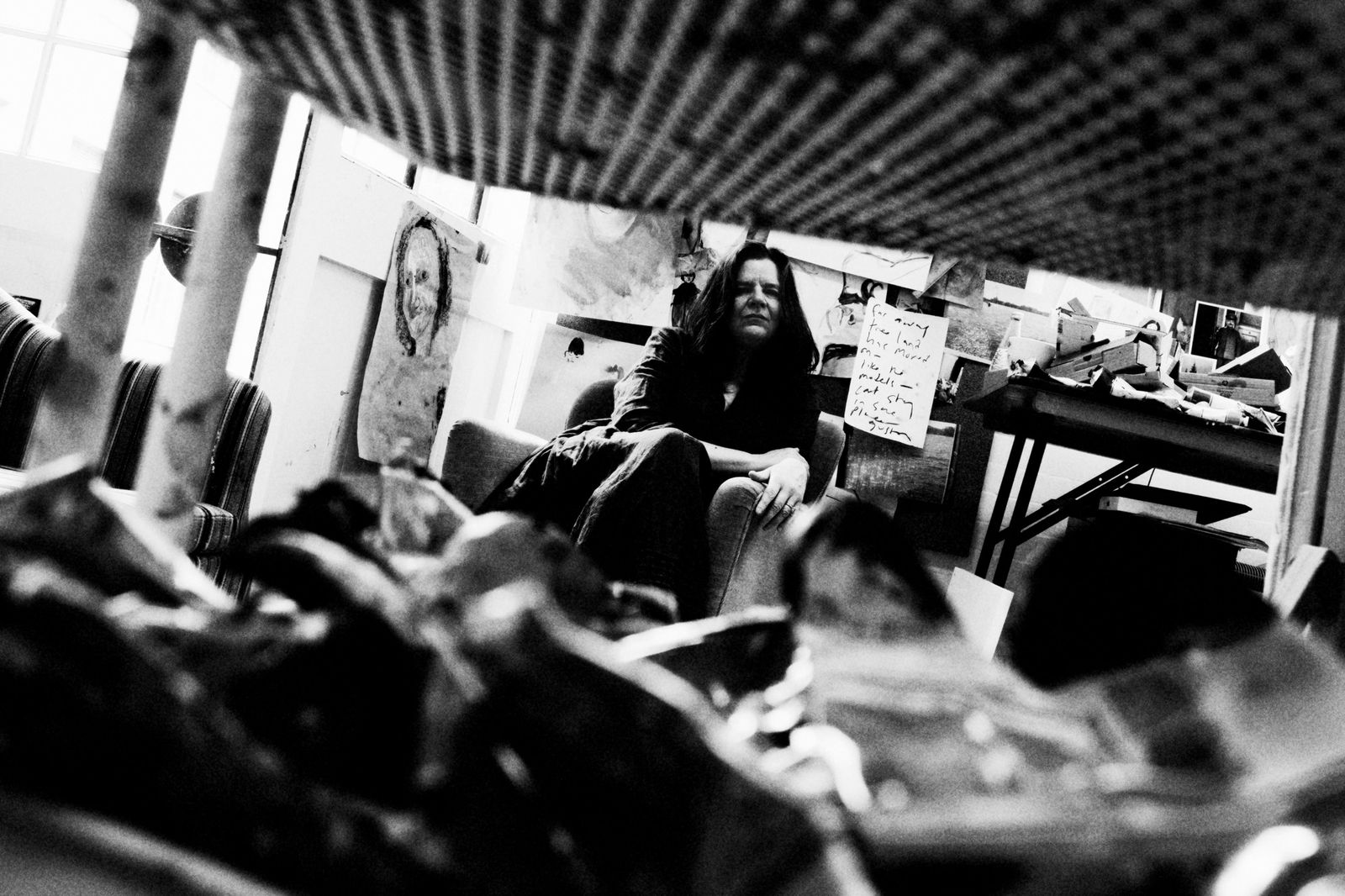 |
 |
Chantal Joffe paints the truth of memory and motherhood |
 |
Chantal Joffe deals in memory. In the thick, tangible brushstrokes of her paintings and in the generous sizes of her canvases, we are invited to discover Joffe’s women – because it is often women she paints, those she admires, or those she is close to.
In a new body of work, exhibiting at Victoria Miro in November, the artist focuses on her mother as a subject, not for the first time, but now after her death. ‘It has been both difficult and also very moving to me to revisit memory and family in this way,’ Joffe tells Hannah Silver. The artist works from photographs, spending time preparing for this exhibition by sorting through a jumble of them in a big box. Mostly, the events were significant enough to capture, yet the meaning of them is lost.
In her new work, she criss-crosses narrative and perception, eschewing a chronological retelling of her mother’s life for works that celebrate the everyday fragments. The unexpected moments are highlighted and emphasised, much in the same way memory itself works. Joffe’s everyday is filled with cups of tea, walks, books, taking a pause on the sofa or at the kitchen table. ‘Life happens in the everyday,’ she says, simply. |
 |
Meet Job Smeets, the designer crafting the Netherlands’ biggest artwork |
 |
Some artists treat fabrication as a means to an end; Job Smeets is not one of them. He likes to get his hands dirty. His work is loaded with conceptual metaphors, but he speaks most passionately about the tactility of majolica, the plasticity of bronze or a wall tapestry’s interlaced warp threads. Since founding Studio Job in 1998, the Belgian-born designer has sculpted and moulded a language of his own that hovers somewhere between ornate sculpture and pop-influenced design, folkloric and kitsch.
John Weich visited his atelier ahead of this week’s soft opening of House of Delft – a 2,000 sq m ode to the city that occupies three galleries of the building of the same name, Huis van Delft. It is Smeets’ largest commission. When completed (it’s a work in progress, with the official inauguration set for October 2026), it will also be the largest artwork in the Netherlands. The Gesamtkunstwerk (total work of art) comprises interconnected forms, including 120,000 tin-glazed tiles, a 40m tapestry and a 7m-high stained-glass window.
‘I have always been fascinated by the total designs of cathedrals and castles, with their fully integrated ornamentation and storytelling,’ says Smeets, who has been working with around 50 artists, artisans and constructors. ‘This is my attempt to do something similar. It literally feels like I have been lying on my back for five years painting the Sistine Chapel. Every millimetre has a story of its own.’ |
 |
Why Detroit is booming – again |
 |
Detroit was once a poster child for so-called ruin-porn. Now, a new wave of revitalisation is sweeping Motor City, one that stems from the first seeds of scrappy urban renewal that began to emerge here a decade or two ago. Back then, organic farms and replanted urban forests started to crop up on the empty lots of former row houses. Creatives made good use of disused warehouses and bank buildings. And journalists eagerly chronicled the progress.
This time around, though, the development feels different, more considered, according to Detroit’s creative movers and shakers. Local architects, gallerists, developers and culturemakers have witnessed this movement enter a second ‘more mature’ phase – especially after the Covid-19 pandemic. And the evidence goes beyond anecdotal: according to census data, Detroit gained 12,500 residents last year. The New York Times even named it among its ‘52 Places to Go’ this year, citing its ‘remarkable signs of renewal.’
‘When I moved here ten years ago, Detroit’s creative scene was still very raw,’ says French-American culture journalist Margot Guicheteau, who recently released a travel book called Soul of Detroit. ‘It was like a jungle but in the best way possible. Everyone was talking about their vision for the city. Today, those visions are actually coming to fruition.’ Adrian Madlener finds out how.
|
 |
|
| |










